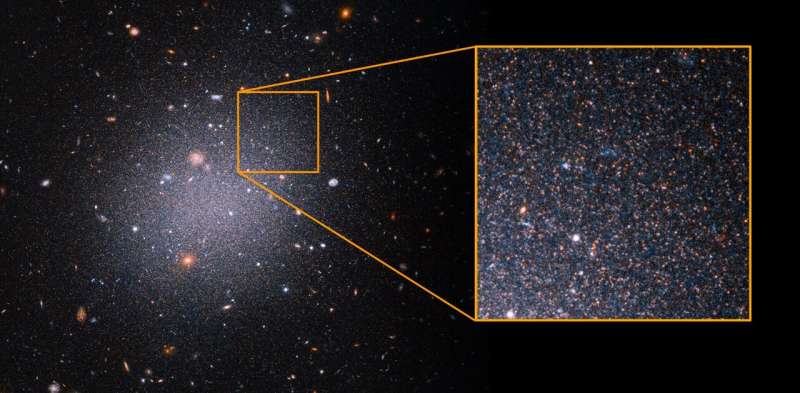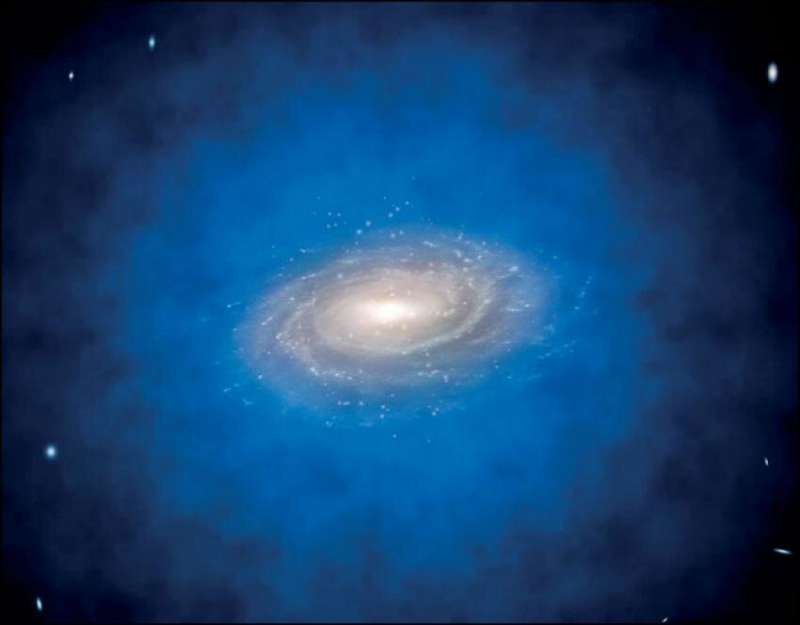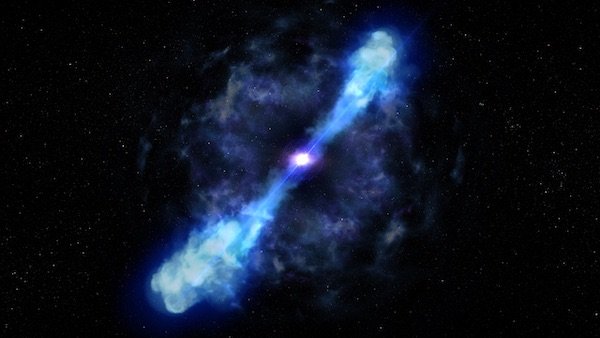Interesting Astronomy & Astrophysics news from the week of 6/13/2021
Next week’s night sky: The moon will officially reach its full phase on Thursday, June 24 at 2:39 p.m. EDT (1839 GMT). The June full moon, colloquially known as the Strawberry Moon, Mead Moon, Rose Moon, or Hot Moon, always shines in or near the stars of southern Ophiuchus, the Serpent-Bearer. The indigenous Ojibwe people of the Great Lakes region call this moon Ode’miin Giizis, the Strawberry Moon. For the Cree Nation it’s Opiniyawiwipisim, the Egg Laying Moon (referring to the activities of wild water-fowl). The Mohawks […]
Read more


